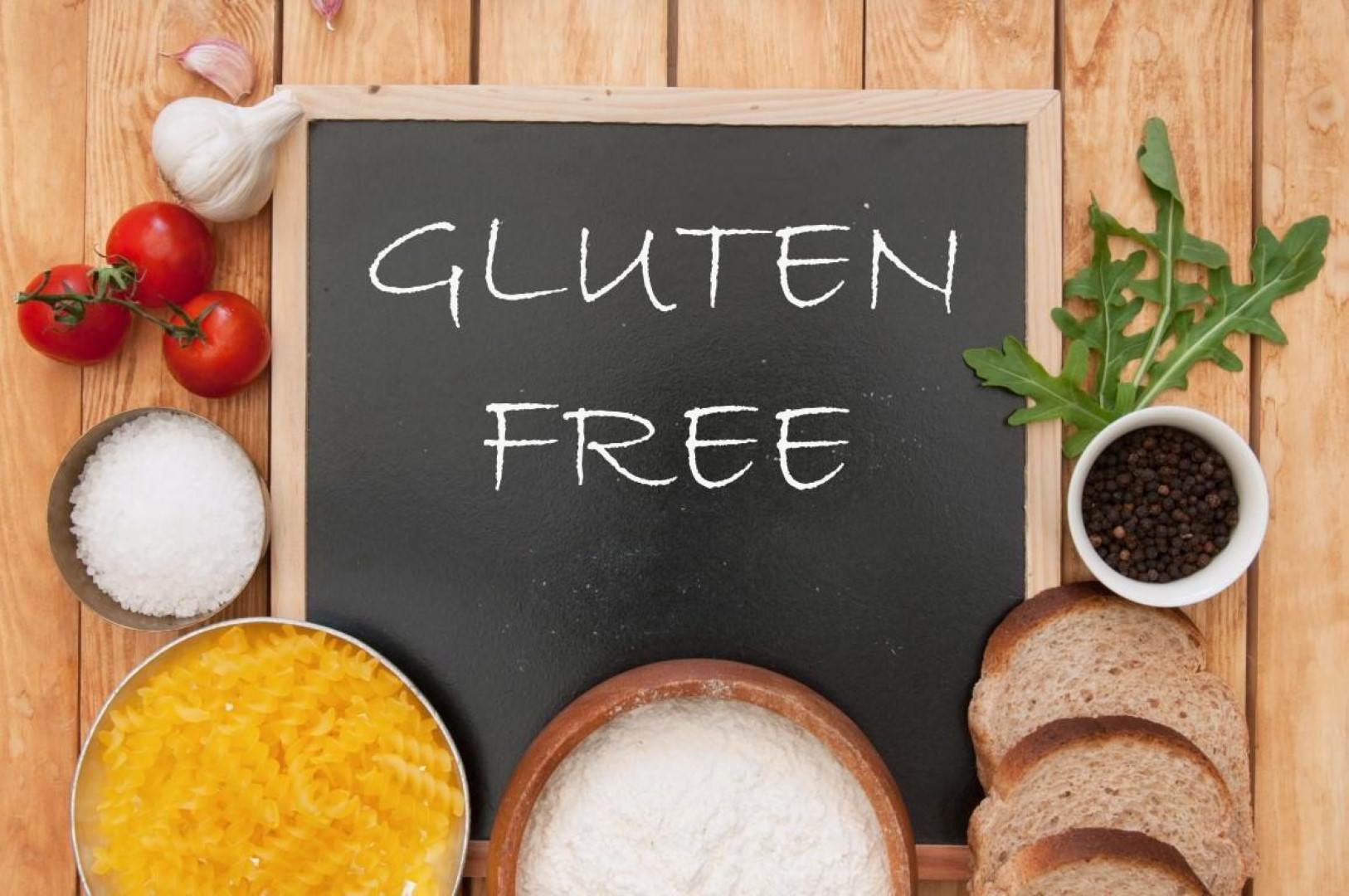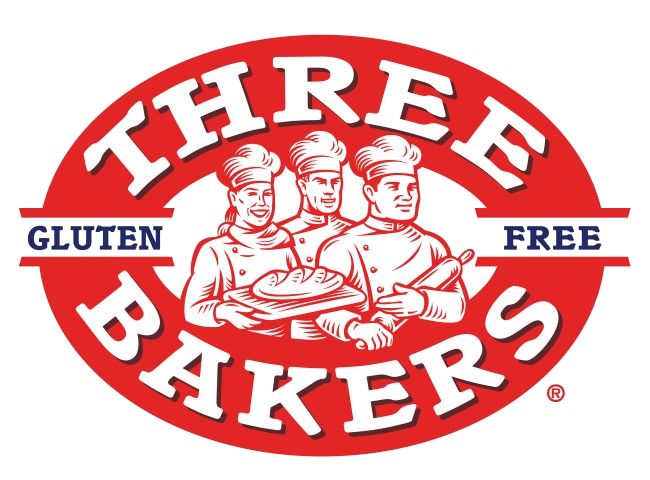- BY Jane Trygar
- POSTED IN Gluten-Free Life, Information, Resource
- WITH 1 COMMENTS
- PERMALINK
- STANDARD POST TYPE

Note: For this resource, we are assuming that you have chosen to make your household 100% gluten-free. Scroll to the bottom of this post for posts on creating a safe household while living with gluten eaters.
If you hate cleaning normally, you’re going to loathe the deep cleaning required to rid your kitchen of gluten.
It’s not fun – cleaning never is – but it’s something that you need to do if you want to heal your intestines.
Setting Up Your Gluten-Free Kitchen
Plus, you don’t have to do everything at once. Block out 3 – 4 hours this weekend to get started with the basics. Once you’ve created a small space that you can use safely, you can continue to clean over time until your whole kitchen is a gluten-free safe haven.
First, a couple of pointers for getting started.
- Buy new cleaning rags and sponges. Used rags and sponges may contain trace amounts of gluten.
- Use gluten-free cleaning supplies. Some commercial sprays and other cleaning supplies contain gluten. You can purchase gluten-free alternatives online at the Gluten-Free Mall or at your local health store.
- Consider wearing gloves and a face mask while cleaning. The surfaces you touch and the dust you shake loose while cleaning may contain trace amounts of gluten. Breathing this dust all day may make you sick.
Next, you’ll want to purge your kitchen of products and utensils containing gluten.
Getting rid of foods with gluten will keep you from accidentally eating something that will make you sick, or wanting to ‘cheat’ in a moment of weakness. Throw away opened foods, and put unopened foods in a separate bag to gift, donate, or otherwise give away. All condiments should be thrown away, whether gluten-free or not, due to a high chance of cross contamination.
Again, be careful when moving powdery ingredients like flours, baking sodas, etc. as airborne molecules of gluten can make you sick.
RELATED: Must-Have Kitchen Tools for a Healthy Diet
In addition to foods containing gluten, you’re going to have to donate or give away much of your cookware. This can be difficult to do. Many of us have pots and pans that are family heirlooms or have spent a considerable amount of money stocking our kitchens. If it helps you, invite a friend over to help remind you why it’s important to get rid of certain kitchenware so that you can get better. Use this table to determine what to keep and what to get rid of.
| Kitchen Utensil | Clean or Toss? |
| Sifter | Toss; it is impossible to clean all of the glutinous flour molecules out of a sifter |
| Silverware | Clean |
| Cast iron cookware | Toss**; the porous material that cast iron cookware is made of holds in gluten molecules |
| Metal salad tongs | Clean |
| Colander | Toss; this sneaky piece of kitchenware keeps gluten in it’s tiny holes and have led to accidental cross-contamination for many a gluten-free newbie |
| Spatulas (metal) | Clean |
| Spatulas (silicone or plastic) | Toss; these spatulas hold bits of gluten in small cuts on the surface or between the handle and the spatula head |
| Non-stick pans | Toss; your non-stick pans are likely scratched. Gluten gets into these scratches and is impossible to get out |
| Wooden utensils (spoons, rolling pins, salad tongs, etc.) | Toss; wood is porous and traps bits of gluten that you can’t wash out |
| Toaster | Toss; it’s near impossible to get all the gluten bread crumbs out of your toaster |
| Baking sheets/pans/tins (non-stick or silicon) | Toss; the scratches on these hold bits of gluten that you can’t wash out |
| Stainless steel or aluminum pots and pans | Clean |
| Pizza Stone | Toss; pizza stones are made of the same porous material as cast iron cookware and hold the same risk of carrying gluten |
**If you’re absolutely unwilling to part with your cast iron cookware, you can re-season it after cleaning it in your gluten-free oven cycle.
Now that you’ve removed the gluten hiding places from your kitchen, it’s time to do a deep clean of your kitchen itself. Use a gluten-free cleaner or a natural cleaner (we recommend vinegar and baking soda) to scrub your kitchen clean.
How did you clean your kitchen when you found out you were gluten-free? Share on our Facebook page.


